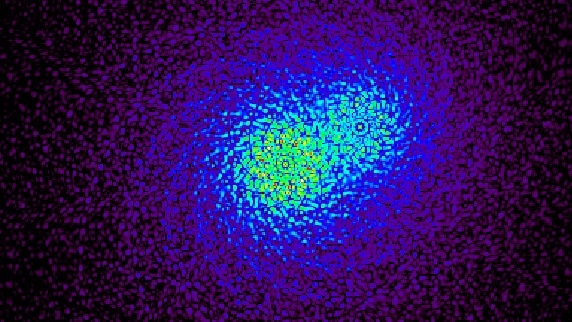
A team of scientists has launched an ambitious telescope project which they hope will lead to the discovery of life-sustaining planets within neighbouring system, Alpha Centauri.
Dr Benjamin Pope from The University of Queensland, who is a developer and designer for the critical optical and data analysis components of the proposed TOLIMAN telescope project, said the mission is to look for planets in the ‘Goldilocks’ zone around the star system.
“There are tantalising hints of planets around at least two of the stars of Alpha Centauri, but we need a dedicated mission like the TOLIMAN to be able to answer for sure,” Dr Pope said.
“The closest stars to our Sun are only four light-years away and have been immortalised in science fiction for decades, but we’ve never known much about what surrounds those stars.
“That’s why we’re so excited to have funding from the Breakthrough Initiatives, and our next step is to build the telescope, which will allow us to more accurately explore the neighbouring Alpha Centauri system and answer those questions.”
Central to the TOLIMAN mission is the deployment of a new type of telescope which uses a diffractive pupil lens.
The lens spreads starlight captured from nearby stars into a complex flower-like pattern that, puzzlingly, makes it easier to detect perturbances of star movements that are the tell-tale signs of orbiting planets.
"TOLIMAN will be the first space telescope to use this radical new optical design - and half the mission will be developing powerful machine learning algorithms to refine this complex data into precise measurements of the stars' motions," Dr Pope said.
“In order to succeed, we need to be able to measure the positions of stars to within millionths of a pixel, which has never been done before.
“I’m interested in how we can design hardware to do this before launch, and software to tease these tiny signals out of data once the telescope is up there.”
The team of researchers is confident their innovative optical design technology, currently being developed as part of the TOLIMAN project, could also have critical uses outside of space exploration.
“The technology we have developed to design this technology uses the underlying mathematics that underpin the deep learning revolution – it is remarkably general,” Dr Pope said.
“We’re excited about translating this from astronomy to real-world applications wherever we use light, such as in microscopes, cameras, telecommunications, or medical imaging.”



